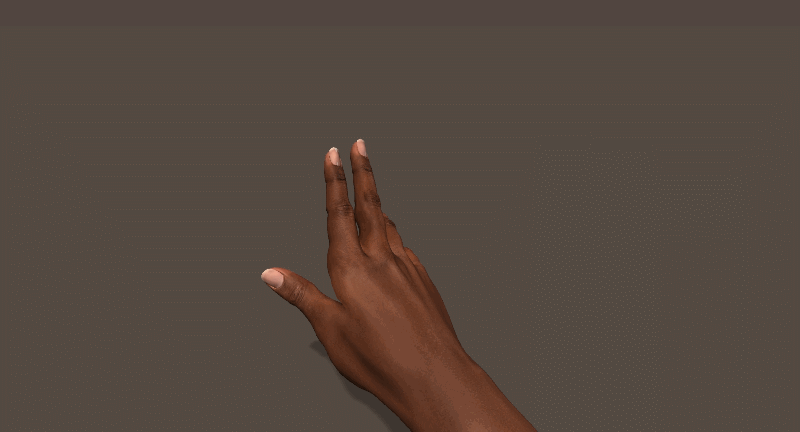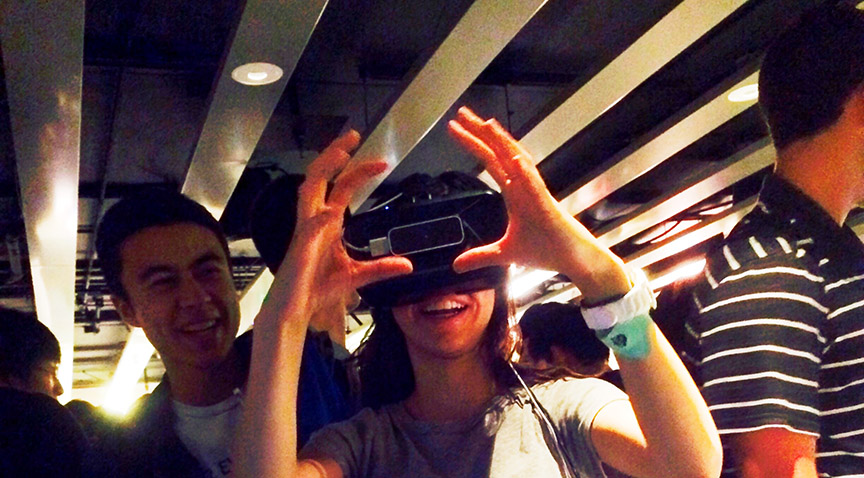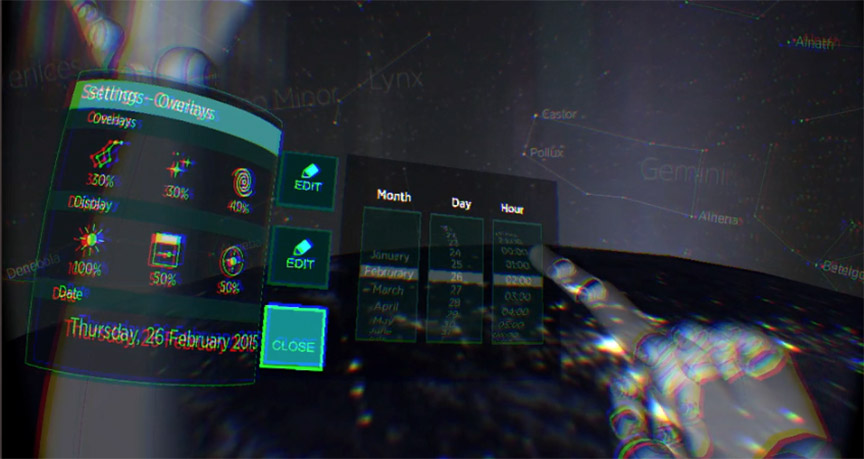Hi, I’m Wilbur Yu! You might remember me from such webcasts as Let’s Play! Soon You Will Fly and Getting Started with VR. In this post, we’ll look at how we structured Widgets to be as accessible and comprehensive as possible.
// Free and Open Source
It’s been a busy month on the Leap Motion Twitch TV channel! With our 3D Jam Let’s Play! coming up on Wednesday, we thought we’d highlight our recent tutorial and Q&A sessions, which are now available on YouTube.
At the top of the post, you can watch as we build a mock application live, incorporating lessons we’ve learned about UX/UI design for 3D space. Topics range from creating slick menu systems, to the art of robust interaction design, to the intricacies of “immersion,” and beyond.

The choice of hand design can fundamentally make or break user experience. As a developer, a hyper-realist render in your trippy space shooter might be an intergalactic buzzkill. Conversely, if your user is playing a general in a WWII bunker, you might want to lean more human than cyborg. Hand Viewer, a brand-new release in our Examples Gallery, gives you an arsenal of onscreen hands to experiment with as you build new desktop experiences with Leap Motion.

How pervasive will virtual reality be? VR has the power to fundamentally transform the way we learn, play, share and even browse the web. Mozilla’s recent experiments combining VR and the web pave a path towards virtual presence – pushing beyond disconnected feelings of immersion and bringing us into new places with a life of their own.

It’s no secret that for many developers in our community, midnight is the hour when the hacking gets good. Late last Friday night, over 1,000 undergraduates from across the country poured into California Memorial Stadium for Cal Hacks, a 36-hour coding spree put on by Major League Hacking. Sponsors ranging from tech’s biggest players to […]
From gaming to big data, virtual reality gives us the chance to build and explore whole new worlds beyond the screen. As we developed demos and prototypes with the Oculus Rift internally, several UX insights sprung forth. Now that many of you have received your VR Developer Mounts, we thought we’d share.



